This week's post is a gallery of very neat plants. I have snow on the ground, snow in the forecast; its a good time to look at colorful photos.
Here are the pictures. You can make it a quiz.
HAVE YOU:
1. Seen camellia plants heavy with flowers?
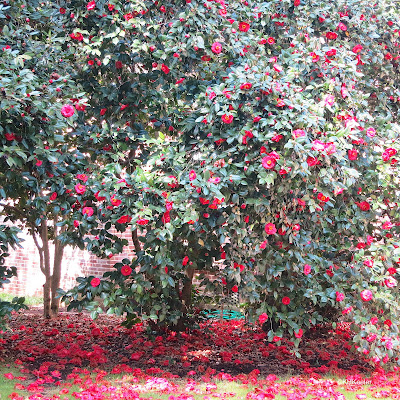 |
| camellia |
This photo is from Oregon. Camellias are native to Asia. In Japan, the samurai reportedly disliked camellias because the fallen flowers reminded them of decapitated heads.
2. Admired a really spiny cactus?
 |
| very spiny cactus |
3. Seen angel's trumpet in bloom?
 |
| angel's trumpet, Brugmansia. Also with white flowers. |
Important medicinal and ceremonial plants in South America for millennia, angel's trumpets, Brugmansia, are extinct in the wild--but very common in gardens. Have you smelled the fragrance? It is excedingly lovely, but also so rich in the plant's halucinogenic chemistry that it can cause headaches and other effects.
4. Walked in a tallgrass prairie?
 |
| tallgrass prairie in late summer |
Probably the most endangered ecosystem in North America, increasingly there are well-cared-for remnants and replanted prairies, where you can get a sense of what the prairie was like and what people experienced crossing the center of the U.S. in the 1800s.
5. Seen really big agaves in flower?
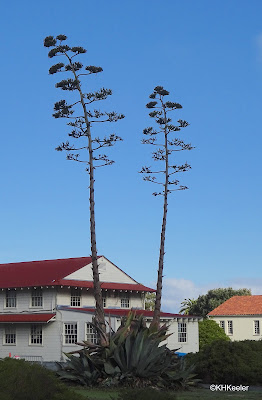 |
| agaves flowering in San Francisco |
 |
| jade vine, Strongylodon macrobotrys |
 |
| swan topiary |
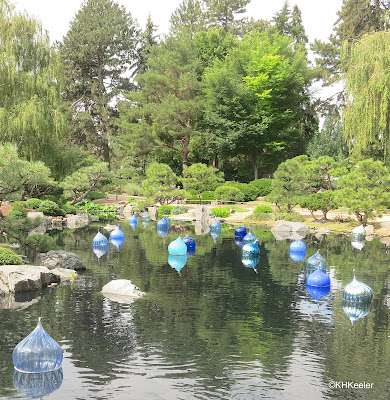 |
| Chihuly glass at Denver Botanic Garden |
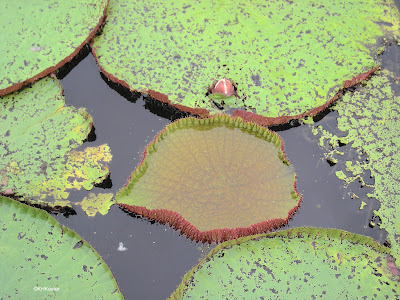 |
| Victoria water lily, Victoria regia |
The big phallic thing on the left is the male flower, surrounded, like rings of fringe, by small female flowers developing into the fruit, two rings visible here. On the right, the banana fruits are almost ripe, growing "upside down" by grocery-shopper standards. While admiring the banana plant, note that it isn't a tree, because it lacks wood and bark, but rather is a really big herb.
18. Visited New England in autumn?
Many deciduous trees' leaves change color as they prepare to drop in the fall, but New England's display is special because of the number of trees that turn red, which, intermixed with yellows, oranges, golds and several shades of green from the conifers, is truly awesome.
19. Seen a pasqueflower flowering in the spring?
 |
| ...almost open... |
The bulb sits in the pot, inert, then a green shoot pokes up, getting higher and higher. Buds become visible, green, and then with a tinge of color. It seems like forever before the big blossoms open.
Thanks for enjoying these plant wonders with me. Its a big world full of marvelous plants!
Comments and corrections welcome.
Read more about:
agaves: Another look at agaves: K.Keeler.2013. Visiting Northern California: Flowering Agaves! link
alpine thistles. Jennifer Ackerfield's paper reorganizing the alpine thistles: link Ackerfield, J. 2022. Hiding in plain sight: Two new species of alpine thistles, Cirsium culebraensis and C. funkiae (Cardueae) from the southern Rocky Mountains (United States). Capitulum 1(2): 1-15. http://dx.doi.org/10.53875/capitulum.01.2.01
amaryllis. K.Keeler 2015. Plant Story: Amaryllis, well, actually Hippeastrum. link
angel's trumpet K.Keeler. 2019. Plant Story: Angel's Trumpet, Brugmansia suaveolens link
pasque flowers K.Keeler. 2015. Plant Story--Eastern Pasqueflower, Anemone patens, Heralding Spring link
Kathy Keeler, A Wandering Botanist
More at awanderingbotanist.com
Join me on Facebook: https://www.facebook.com/AWanderingBotanist
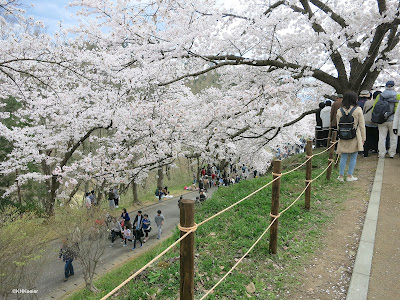



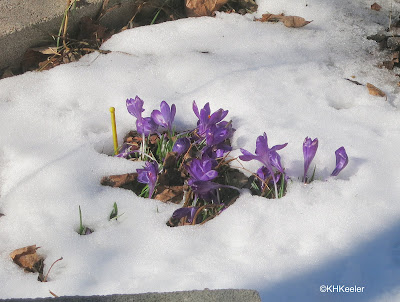


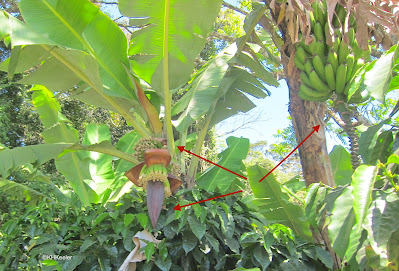


I'm from a tropical country, so bananas in fruit was something I saw early on (in addition to mango, starfruit, etc). I do not believe I have walked a tallgrass prairie though.
ReplyDelete